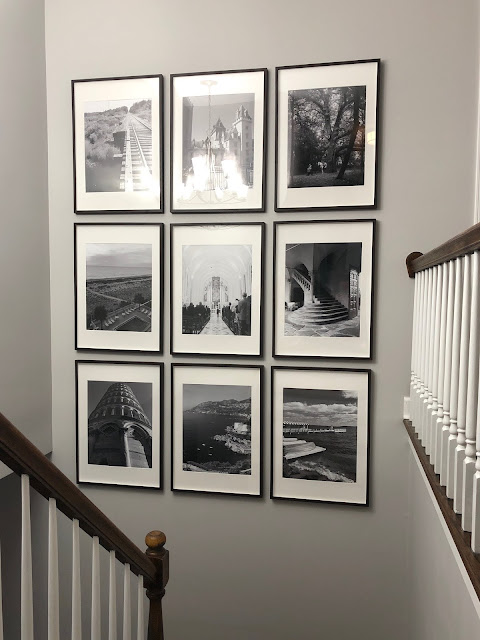Inspection Tips For Homebuyers
When viewing properties, there are plenty of pretty things to distract you. Oh, hardwood floors! Oh, enormous kitchen island! But before you start picking paint colors, you have to look at the not-so-pretty amenities. Keep your eyes peeled for these big ticket items:
MOLD
Mold is never good. It requires immediate attention and, depending on the severity, can be very costly. According to Molekule: "All homes have the key ingredients needed for mold growth: the presence of mold spores, a surface for it to grow on, oxygen, warmth, and darkness. When you add moisture, whether from a water leak, stagnant water, or high levels of humidity, into the mix, that’s where mold problems begin."
Where to look: Attics, basements, cellars, under kitchen and bathroom sinks, under or behind refrigerators, around air-conditioning units, around leaky windows, and under wet carpeting.
For our house, I'm very glad we asked to check the attic because low and behold there was mold. The seller agreed in the offer letter to have it professionally removed and it cost $900.
HEATING & COOLING
Always check the date on the water heater, furnace, and air conditioner. The older they are, the more likely you'll have to replace them in the near future. But think of them as investments. One new unit plus installation will cost a few grand so keep that in mind when calculating your budget.
Average Lifespans:
Water Heater: 8-12 years
A/C: 10-15 years
Furnace: 15-20 years
For my fellow bargain hunters: units typically cost less during their off season; i.e. a furnace costs more to replace in the middle of winter vs during the summer. Also, heating and cooling companies typically offer better deals on bundles.
ROOF & WINDOWS
Similar to the heating and cooling, find out how old the roof and windows are. The average lifespan and cost vary quite a bit depending on the size, shape, material, etc. But we're definitely talking thousands. If you're considering an old home and the widows are original, that's a red flag. You don't really want to hear "original" when it comes to older home amenities.
FOUNDATION & DRIVEWAY
Don't worry, minor cracks - less than 1/4 inch - are normal as a building settles. They just need to be sealed to prevent water leakage. But wide cracks or displacement could indicate a much bigger problem and costly repairs. The same goes for driveways. I had no idea they're so expensive! A new driveway can cost anywhere between $3,000-12,000 depending on the material you want. And that doesn't include removing the old, existing driveway. Yikes.
PLUMBING
Turn on all the faucets, shower heads, and tub spouts; and flush the toilets. Is the water clear? Does it take long to heat up or cool down? Any leakage? Is it high-efficiency? Any odd noises? I know it feels strange and kind of wasteful, but testing the water could reveal a major plumbing issue.
GFCI OUTLETS
GFCI (ground-fault circuit interrupter) outlets are required by the National Electrical Code to be in all areas with/near water. This may not seem like a big deal, but they will show up on the home inspection report. These little guys protect you from being shocked, burned, or electrocuted.
Where to look: kitchens, bathrooms, laundry rooms, basements, garages, and outside.
Now, put on your home inspector hat and get nosy. Buying a home is a big investment. You need to know what you're getting yourself into. Any problems or damage you discover should be addressed in your offer letter and/or used to negotiate the price. Happy home hunting!



Comments
Post a Comment